By Maj. Dominic J. Caraccilo
Americans tend to associate the misery of displaced persons with such faraway places as Cambodia, Vietnam, Bosnia and Kosovo. However, if we are honest about our own past, as author Ruth Beaumont Cook points out in what may become the next great Civil War classic, we can associate displaced persons with our own history.
In the past two centuries, Americans have been responsible for the “Cherokee Trail of Tears to Oklahoma in the 1830s and the sand-swept confinements of Japanese-American citizens during World War II.” Most of us, however, are unaware that there were also mass deportations of Confederate civilians during the American Civil War. North Across the River: A Civil War Trail of Tears (by Ruth Beaumont Cook, Crane Hill Publishers, 1999, 226 pp., photographs, maps, bibliography, and index; $24.95 hardcover) chronicles this banishment by bringing to life the courageous people who survived the injustice.
“At the end of June [1864], Sherman’s branches of the Union Army were smarting a little from the losses at Kennesaw Mountain and turned their focus toward Atlanta with renewed determination,” Cook writes. What Sherman’s forces found were dedicated communities bent on supporting their Confederate soldiers by milling materials used to make uniforms.
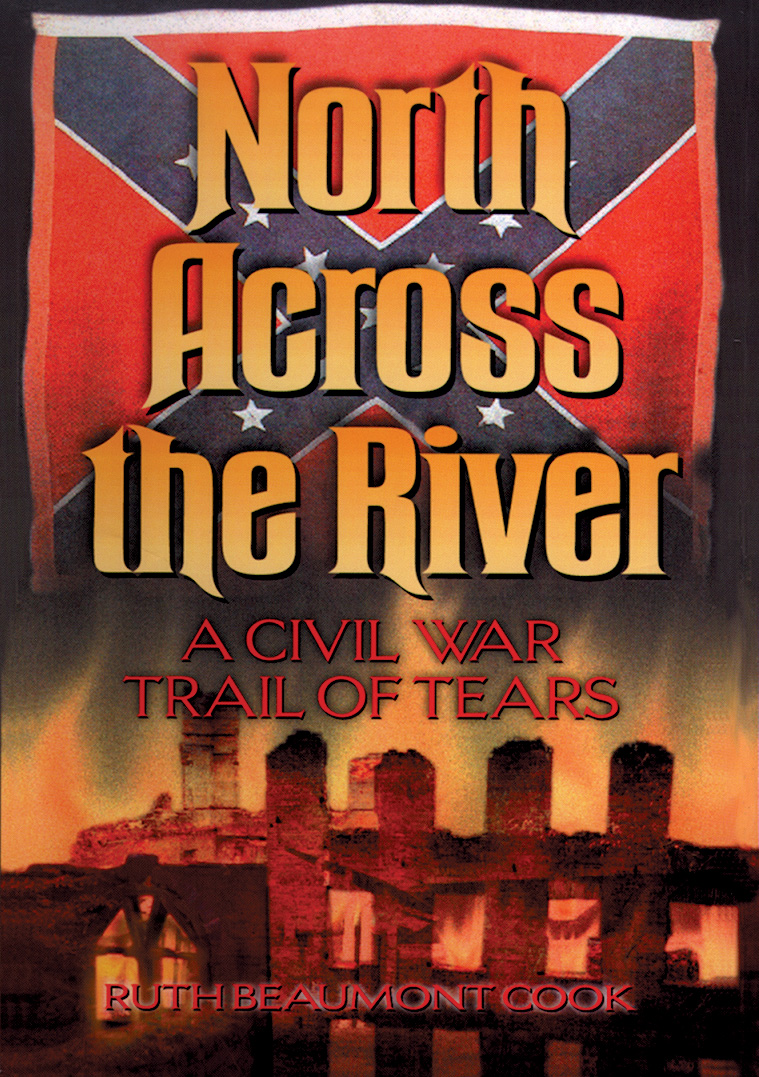 Roswell, Geo., had been Cherokee Indian Territory until that people were forcibly relocated to Oklahoma. Thereafter Roswell became a small center of textile manufacturing, specializing in the making of end products that could be finished and dyed elsewhere. As such, Roswell became an important supplier of materiel to the Confederate forces during the Civil War, for which reason William Tecumseh Sherman charged the mill workers with treason.
Roswell, Geo., had been Cherokee Indian Territory until that people were forcibly relocated to Oklahoma. Thereafter Roswell became a small center of textile manufacturing, specializing in the making of end products that could be finished and dyed elsewhere. As such, Roswell became an important supplier of materiel to the Confederate forces during the Civil War, for which reason William Tecumseh Sherman charged the mill workers with treason.
In 1864 Sherman’s soldiers burned the mill to the ground and deported the workers, most of them women and their families, to a federal camp in Louisville, Ky. He evidently wanted to do more than that. Sherman apparently asked the Secretary of War for permission to send all who have encouraged or harbored guerrillas, including the Roswell weavers, to South America. He claimed that, “one thing is certain, there is a class of people, men, women, and children, who must be killed or banished before we can hope for peace and order even as far south as Tennessee.”
The citizens of Louisville were more kindly disposed, and a commission aided the civilians with food and clothing. Some of the refugees, however, were then taken farther afield, abandoned in a railroad depot in Indianapolis and told to fend for themselves. Many of them remained in the North after the war ended, opening various textile mills to include the one in Cannelton, Ind.
North Across the River is a thorough account of this overlooked episode in Civil War history. Few Civil War history books give it more than a cursory mention.
Cook bases her account on the reminiscences of Indiana-relocated Roswell children and their descendants. When she came across the transcript of a phonograph record interview with one of those affected by the displacement, Synthia Catherine Stewart, she was hooked. Stewart had recorded the account for her grandsons about her own arrest and journey at age 10.
By the time present-day Georgia resident George Kendley showed Cook a letter he received from a distant relative in Indiana, she knew she would write this story. As a result, this book traces the journeys of more than 50 of the cotton-mill workers from the Roswell region.
In the end, this displacement caused lasting repercussions. Many Georgia residents still believe that the cotton-mill workers boarded a train in Marietta and were never heard from again. Others in southern Indiana know their ancestors came from Georgia but don’t really understand why. Readers with an interest in Civil War history, and especially in the local history of Georgia, will welcome this book to their libraries.
Recent and Recommended
The Undercover Tales of World War II, by William B. Breuer, John Wiley & Sons, Inc., 1999, 256 pp., notes, bibliography, and index; $24.95 hardcover.
Critically acclaimed historian William B. Breuer, author of dozens of history books and book club selections, continues his mastery of World War II tales with this newest book titled The Undercover Tales of World War II. Breuer’s immaculate research has unveiled many little-known events that helped to shape the outcome of World War II. Conspiracies surrounding the clandestine events leading to the rebirth of the German Wehrmacht and dozens of behind-the-scenes tales of bribery, sabotage, espionage, mysterious kidnappings and bizarre subplots make Breuer’s new book a captivating read.
In the lucid, fast-paced tradition of his previous Unexplained Mysteries of World War II, this exciting repository of uncommon stories includes celebrity secret agents, a Boston Red Sox catcher recruited to spy in Japan, the strange and influential “weather wars” of Greenland, Hitler’s secret munitions and many more.
Meticulously researched from official archives, interviews, declassified military reports, newspapers, magazines and books, this work is more than just entertaining. It is an important addition to the traditional perspectives and legendary events of World War II. Breuer continues to offer imaginative books, somewhat unorthodox but nonetheless completely relevant for a more complete understanding of World War II.
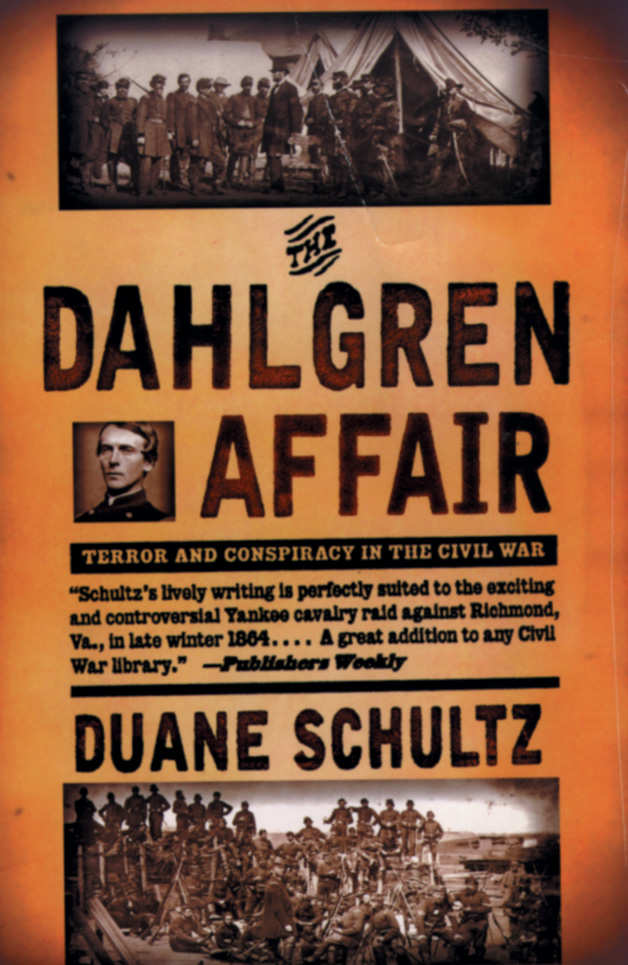 The Dahlgren Affair, by Duane Schultz, Norton, 1999, 298 pp., photographs, bibliography, notes, $14.95 softcover.
The Dahlgren Affair, by Duane Schultz, Norton, 1999, 298 pp., photographs, bibliography, notes, $14.95 softcover.
A series of seemingly independent events in 1864 involving espionage, prison raids and prison escapes led to a “new kind of war involving conspiracy.” And so in Washington, as in Richmond, the winter of 1864 was a desperate time calling for desperate measures.
Duane Schultz, author of Hero of Bataan, offers a fascinating chronicle of Civil War espionage. The Dahlgren Affair provides a compelling narrative of the infamous raid as well as an extensive analysis of the subsequent actions taken by both sides in an attempt to retaliate. This failed raid arguably changed the way the remainder of the Civil War was fought and has provided an animosity lasting to this day.
The Dahlgren raid was a bold attempt by a small detachment of Union cavalry to free prisoners of war held by the Confederates in Richmond (see story in this issue). Although the effort failed, its consequences were enormous. Found on slain commander and personal friend to President Lincoln, Ulric Dahlgren, was a written order to burn the city of Richmond and assassinate Confederate President Jefferson Davis.
Schultz explores the truth behind Dahlgren’s written order. He makes arguments for its existence but also examines theories of forgery. Whatever the truth, a controversy ensued that encouraged President Davis to order secret agents based in Canada to launch a campaign of terror on the Northern home front. Nonetheless, most of the attacks never materialized and those that did saw limited success.
A major portion of this book is devoted to the description of a few stunning near-misses, which include the Confederates’ near-capture of Vice President Andrew Johnson, and near seizure of the only warship on the Great Lakes. Confederate agents also engaged in biological warfare of sorts by collecting garments of yellow fever victims from the Bahamas and distributing them in Washington, DC. In short, The Dahlgren Affair is proof positive there is more to be learned from the already bulging shelves of Civil War history.
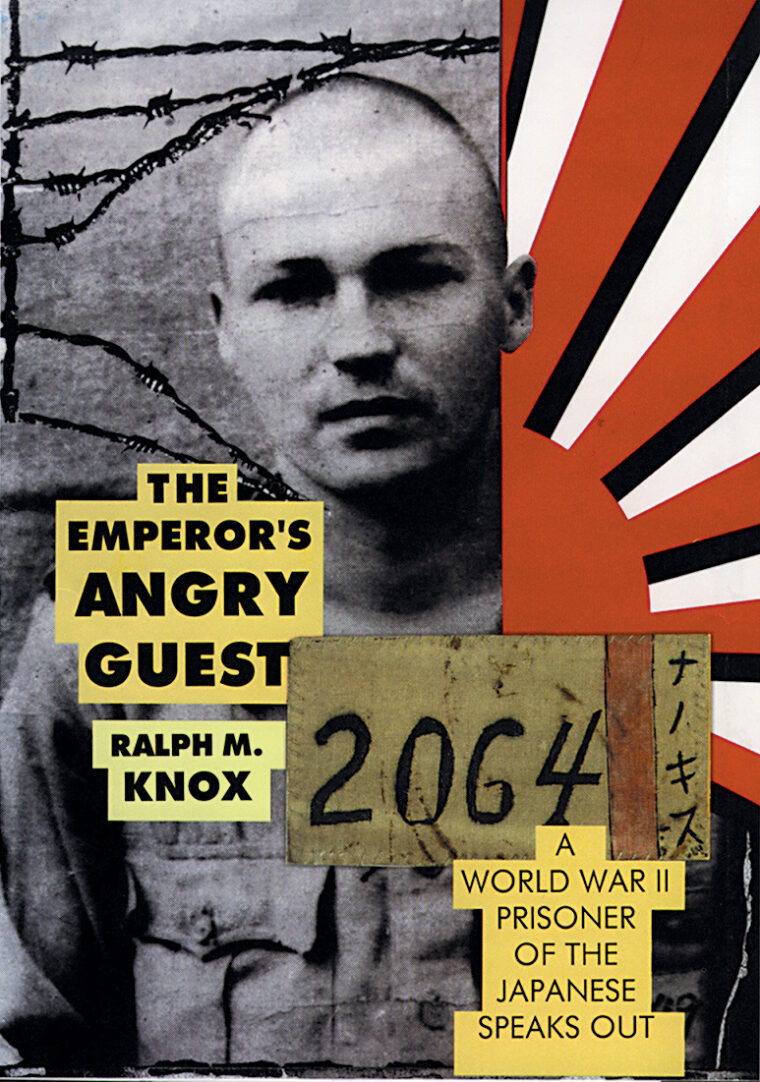 The Emperor’s Angry Guest: A World War II Prisoner of the Japanese Speaks Out, by Ralph M. Knox, Southfarm Press, 1999, 271 pp., photographs, illustrations, bibliography, and index; $30.00 hardcover.
The Emperor’s Angry Guest: A World War II Prisoner of the Japanese Speaks Out, by Ralph M. Knox, Southfarm Press, 1999, 271 pp., photographs, illustrations, bibliography, and index; $30.00 hardcover.
In this engrossing book Ralph Knox tells of how he was transformed from an Indiana farm boy to a war-hardened staff sergeant to a near-cripple at the hands of the Japanese. The Emperor’s Angry Guest is a forum for Knox to “speak out” against his captors as well as a venue for claiming that the U.S. military had “morally weak, disgustingly callous leaders [in] the Pacific War” whom, he believes, abandoned him and his comrades.
Considering Surviving Bataan and Beyond: Colonel Irvin Alexander’s Odyssey as a Japanese POW (Stackpole, 1999), it is clear there are two distinct groups with decidedly opposing opinions of how the American leadership handled the prisoner situation in the Pacific. On one side, we have Colonel Alexander who clearly is of an understanding attitude as to why the fall of Bataan occurred as it did. Furthermore, Alexander defines MacArthur’s departure as justified. Ralph Knox, on the other hand, condemns the commander in the Southwest Pacific for deserting his forces.
Each of the opposing views is important to explore. Knox’s experience is nested within a historical context, providing thorough explanations of his impressions of the actions taken by leaders such as Churchill, Roosevelt and MacArthur, and how they affected the ordinary soldier. Among Knox’s memorable experiences, giving credence to his opinions, was assisting General MacArthur, his staff and family make their hasty exit from the Philippines to Australia in March 1942. He cynically recalls that the group loaded an entire airplane with MacArthur possessions, including Mrs. MacArthur’s fur coat and their son’s tricycle, leaving behind Army nurses and others who wound up as prisoners of the Japanese. Fifty-five years since captivity, Army Air Corps veteran Ralph Knox remains angry with not only his captors but also with the very government for which he gallantly fought.
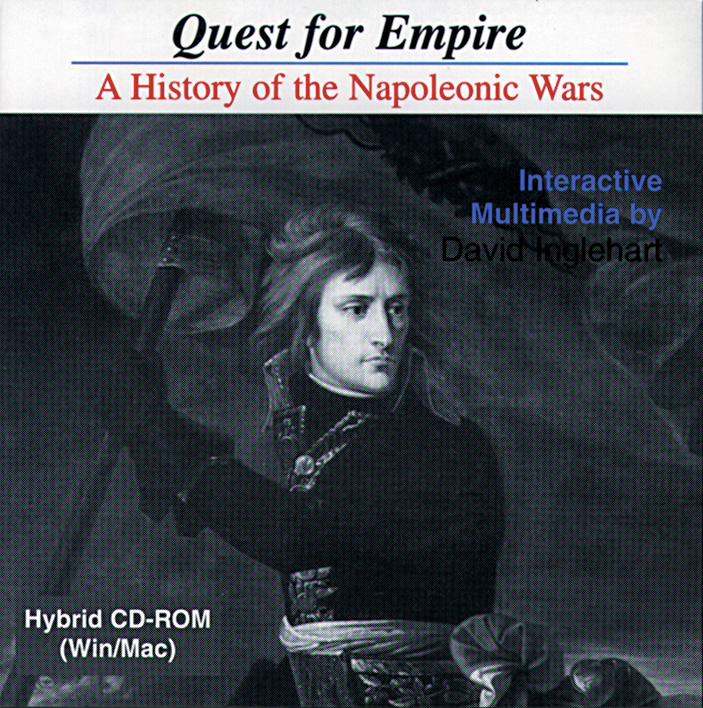 Quest for Empire: A History of the Napoleonic Wars, by David Inglehart, Troubadour Interactive, 1998, $34.95 cd-rom.
Quest for Empire: A History of the Napoleonic Wars, by David Inglehart, Troubadour Interactive, 1998, $34.95 cd-rom.
The second in Troubadour Interactive’s series on western military history, Quest for Empire, tells the story of the rise of the French Empire focusing on its chief architect, Napoleon Bonaparte. From the French Revolution to the Battle of Waterloo, the Napoleonic period comes to life in this multimedia presentation that includes original narrative text, maps (animated and narrated), music, imagery and a selection of video clips.
There are many interactive history titles currently on the market. Arguably, little can be done to offer a different approach for conveying a historical era in this type of media.
The difference lies in the venue, and Troubadour has recognized this early on. Author David Inglehart has found the right balance in his presentations, offering the proper amount of interface gadgetry while focusing his efforts on the simplicity for retrieving what’s important.
In this case, Quest for Empire was developed to offer the user an opportunity to logically progress through the Napoleonic era without struggling through a steep learning curve, something many CD developers never understand when they create their navigational controls.
The “title page” lists the four major map sections of the system: Timeline, Battle Chronology, Political Map and Theater Map, along with seven section titles that follow the course of the wars. With a few clicks, the user is presented a comprehensive study of the life and times of one of history’s greatest commanders. The imbedded text was designed to be read in conjunction with a series of animated maps and other multimedia features. In short, Quest for Empire is an immersion learning experience in the Napoleonic Wars.
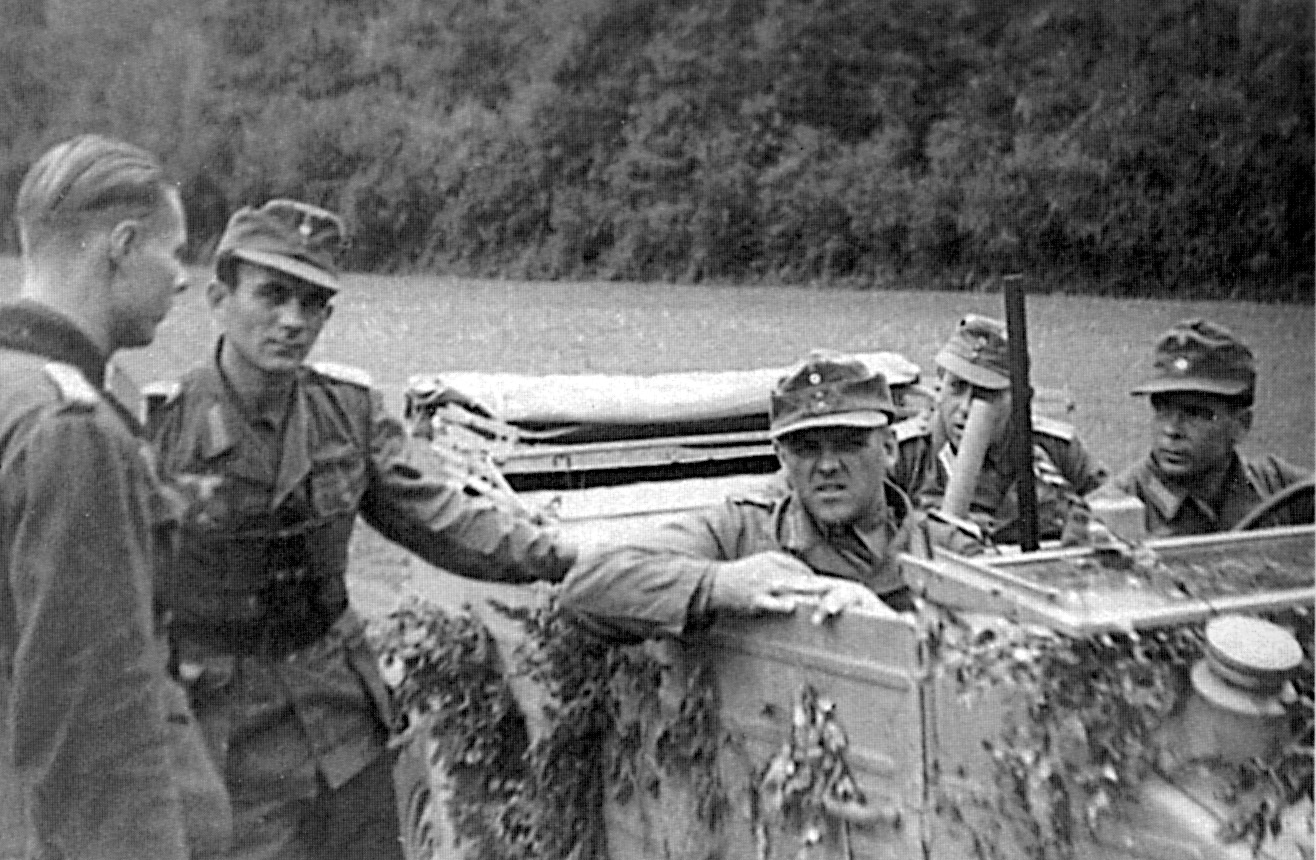
Five Years, Four Fronts, by Georg Grossjohann, Aegis Consulting Group, 1999, 204 pp., photographs, maps, illustrations, tables, appendices, notes, bibliography, and index; $19.95 softcover, $29.95 hardcover.
A consortium of work, Five Years, Four Fronts has launched Aegis Consulting Group as a major husband-wife publisher whose focus is on books that offer a unique voice to historical nonfiction. Georg Grossjohann’s memoir undeniably “tells it like it was.”
It is not often that Americans read with interest and respect the writings of one who commanded German soldiers for the Third Reich. However, Grossjohann’s five years in combat on four different fronts is a story of a mere soldier, oblivious to the political ramifications of the echelons above him. While the Nazis are rightly viewed as evil and their acts justly condemned, Grossjohann offers a view of the average German soldier, apolitical, professional in his job and eager to excel.
Five Years, Four Fronts takes us echelons below the horrific actions of Nazism, below the dreaded SS, and below the evil of Hitler’s henchmen whose immoral values and hedonistic desires for power are what most American’s think of when considering a German soldier. Grossjohann was anything but evil. Raised in East Prussia, he was a professional officer and consummate warrior who began his army career at the early age of 12.
Arms & Armour of the Crusading Era 1050-1350: Western Europe and the Crusader States, by David Nicolle, Greenhill Books (Stackpole), 1999 revised edition, 636 pp., maps, pictures, glossary, bibliography, notes, and index; $49.95 hardcover.
David Nicolle offers an amazing two-volume study of Middle Age history with Arms & Armour of the Crusading Era 1050-1350. The first volume, Western Europe and the Crusader States, is an exquisitely illustrated book detailing the armies of western and central European states and their client kingdoms in the Middle East. It covers over three centuries of military development at a time when there was almost continuous warfare.
The stated purpose of the book is to present information in a readily accessible manner. The author has compartmentalized it geographically, defining each region by chapter and linking the chapters to a full array of illustrations. In fact, with 2,400 illustrations, three maps, a comprehensive account of weapons and equipment, Western Europe and the Crusader States is an all-inclusive volume that details the state of military sciences during the mid- to late-Middle Ages.
In the second volume of his comprehensive study, Nicolle focuses on the equipment and arms used by Moslem, Orthodox Christian and Mongol armies. Arms & Armour of the Crusading Era 1050-1350: Islam, Eastern Europe and Asia emphasizes the evolution of military technology, fashion and science with chapters on Byzantium, Armenia, the lands of the Rus, the Eastern Balkans, Egypt, Iran, India, Syria, Arabia, China and the Mongol hordes. This definitive study is complete with 1,600 illustrations, three maps and a thorough account of weapons and equipment used during the period.
In an amazing display of research, David Nicolle has clearly offered an exhaustive set of reference books capable of providing vast information on the Crusading Era of 1050-1350.
In Brief
War for the Every Day: Generals, Knowledge, and Warfare in Early Modern Europe, 1680-1740, by Erik A. Lund, Greenwood Press, 199, 242 pp., tables, appendices, notes, bibliography, and index; $65.00 hardcover.
Erik A. Lund argues in War for the Every Day: Generals, Knowledge, and Warfare in Early Modern Europe, 1680-1740 “that military technology in this period developed in an evolutionary fashion, influencing and in turn being influenced by the large economy of knowledge.” However, early modern professionals in every field faced a very real challenge in integrating scientific approaches into their work.
Lund’s description of generals during this era includes a thematic approach describing their struggle with the “war of geometry.” Early modern generals attempted “to execute an Intelligence-Decision-Action-Cycle,” but it was learned early on that this type of command cycle could not withstand the stress. As a result, the internal lines often broke and command links quickly disintegrated.
The book goes beyond the battlefield to examine the practical skills of war needed in an agricultural-type landscape. Although sieges, forages, marches and raids are universally considered crucial aspects of old regime warfare, no study of operational or maneuver warfare in this period perviously existed. Lund provides it with War for the Every Day.
Camp Colt to Desert Storm: The History of US Armored Forces edited, by George F. Hofmann and Donn A. Starry, The University Press of Kentucky, 1999, 633 pp., illustrations, photographs, $34.95 hardcover.
General Donn A. Starry (retired), the principal architect of Airland Battle Doctrine, which arguably led to the success of Desert Storm, and George F. Hofmann, author, professor of military history at University of Cincinnati, and former soldier, team up together to compile the complete history of the armored forces. Camp Colt to Desert Storm: The History of US Armored Forces is a collection of historical essays that emphasize the technical and doctrinal developments as they pertain to armored warfare.
What makes this book distinctive in relation to other complete histories is that it is not only “a record of the search for the best doctrine, equipment, design, force structure, organization and training for soldiers and leaders,” it also calls for action. Those visionaries chartered to keep the army on track will find distinctive guidance in this remarkable and readable history.
Freedom’s Soldiers: The Black Military Experience in the Civil War, edited by Ira Berlin, Joseph P. Reidy, and Leslie S. Rowland, Cambridge University Press, 1998, 192 pp., photographs, illustrations, bibliography, and index; $49.95 hardcover.
The military service of black men transformed the conflict between North and South from a war for the Union into a war for freedom. In the eyes of many, the Emancipation Proclamation proved decisive in securing a federal victory. Freedom’s Soldiers is the story of nearly 200,000 black men, most of them former slaves, who capitalized on Lincoln’s initiative and fought for the United States in its Civil War.
The book’s first part describes the struggle endured by both the former slave turned freedom fighter and his family left at home. The second portion is a documentary history drawn from letters, affidavits and memorials revealing the variety and complexity of the African-American experience during the era of emancipation.
By war’s end, some 170,000 black men had served in the Union Army and another 18,000 in the Navy. As a result, the enlistment and commissioning of black men in the armed services would impact greatly on both equality and citizenship issues for the next century.
The German Order of Battle: Panzers and Artillery in World War II, by George F. Nafziger, Greenhill Bookes (Stackpole) 1999, Pa., 463 pp., glossary, bibliography, $59.95.
Nafziger’s is an extensive study of German panzer and artillery units, including an analysis of the evolution of the panzer armor in the 1920s and 1930s. It details the exact composition of German panzer and artillery forces in World War II, including their formation and organization throughout the conflict.
A world-renowned historian specializing in World War II and Napoleonic military organization, Nafziger here includes German panzer, grenadier, cavalry, antitank and army and corps-level artillery units. The German Order of Battle is neatly organized into divisional histories by unit, a section including independent army panzer brigades, reserve structures, a section that includes a history of the motorized and grenadier units and an intriguing look at the Luftwaffe Flak Corps.
Although organizational tables tend to be complex and overbearing, Nafziger has masterfully outlined this reference book into an easily discernible volume conducive to study and research.
SOG: A Photo History of the Secret Wars, by John L. Plaster, Paladin Press, 2000, 485 pp., photographs, tables, maps, illustrations, glossary; $79.95, 8.5×11 hardcover.
SOG was the Vietnam War’s only covert special warfare unit. Recently there have been numerous works revealing the many secrets surrounding the Vietnam War kept classified by the U.S. government. Although only a handful of Vietnam veterans were privy to these amazing missions, many of them somehow maintained copies of “official” photos.
John Plaster served three tours as a special-operations soldier in Vietnam. He began working on his history of SOG after contacting his secret war comrades and uncovering a wealth of photos. The result is the greatest special operations photo collection ever assembled. The work book has over seven hundred photographs, some including SOG Medal of Honor winners, legendary SOG leaders and action shots of SOG operators in contact. SOG: A Photo History of the Secret Wars is not only packed full of special-operations history, it is also one of the most aesthetically organized books on the market.
The Fall of Fortress Europe: From the Battle of the Bulge to the Crossing of the Rhine, by Christopher J. Anderson, Greenhill Books (Stackpole), 1999, 72 pp., photographs (b&w and color), $13.95, 8×10 softcover.
Allied troops were quick to respond to Hitler’s vaunted offensive in the winter of 1944 and, after a gallant defense and devastating counterattacks, quickly turned the tables on the Germans and prepared for the push into the Third Reich. Still, the Germans had prepared a stubborn defense and the early months of 1945 saw bitter fighting as the Allies endeavored to cross the Rhine. Mighty offenses had to be launched to cross this immense natural barrier to the German heartland.
Christopher Anderson examines the U.S. troops in Western Europe, with special focus on what they wore and the arms they bore. The Fall of Fortress Europe is one of Anderson’s many pictorial volumes that includes Custer, Hell on Wheels, and Grunts. The entire series offers a vast collection of knowledge and should interest uniform and equipment collectors best.
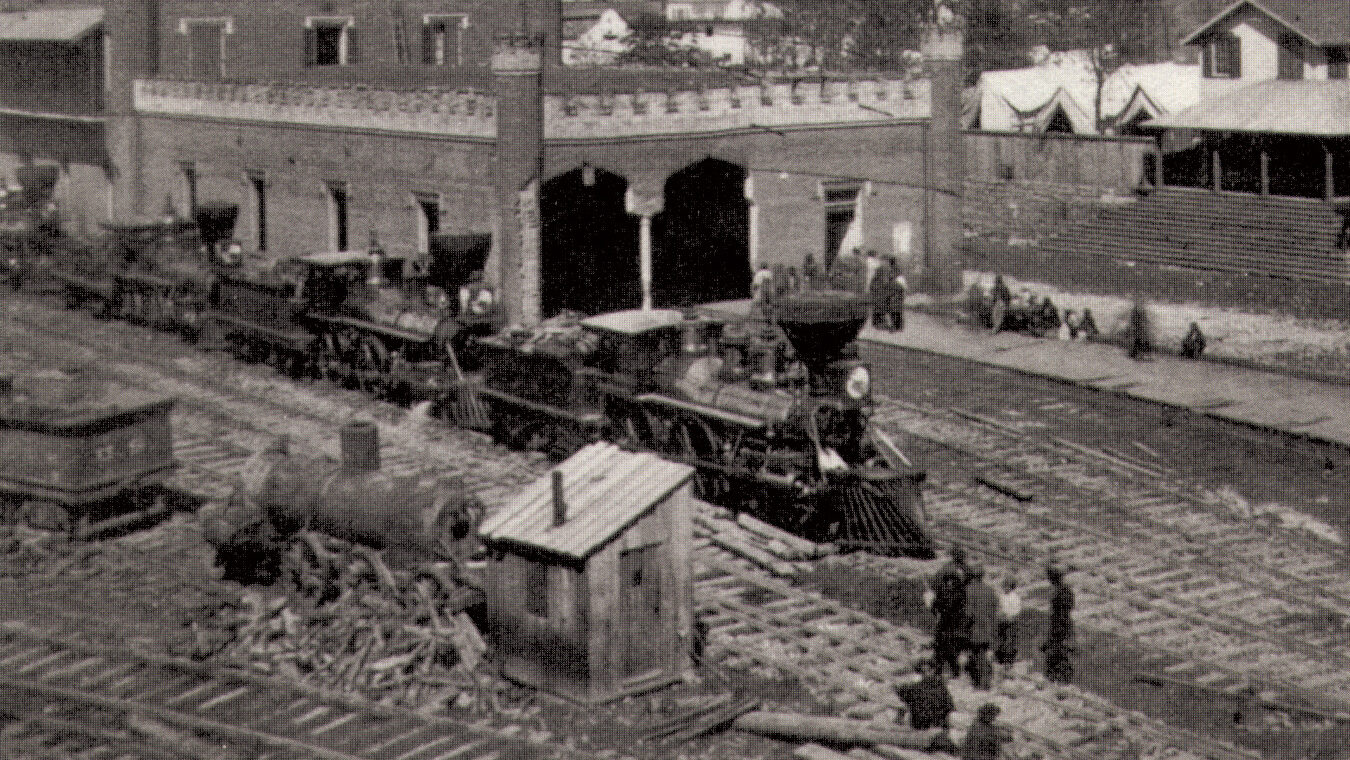
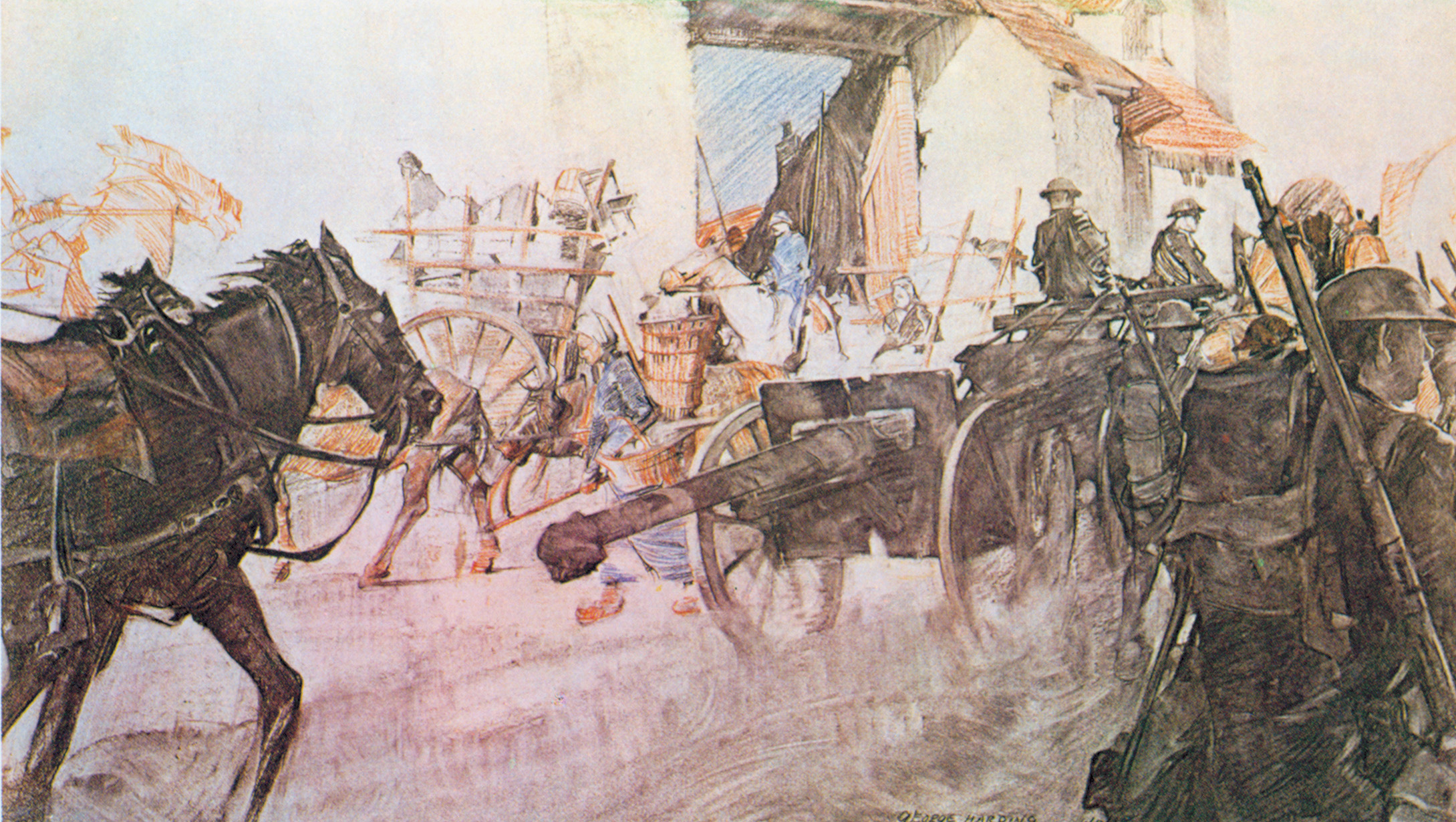
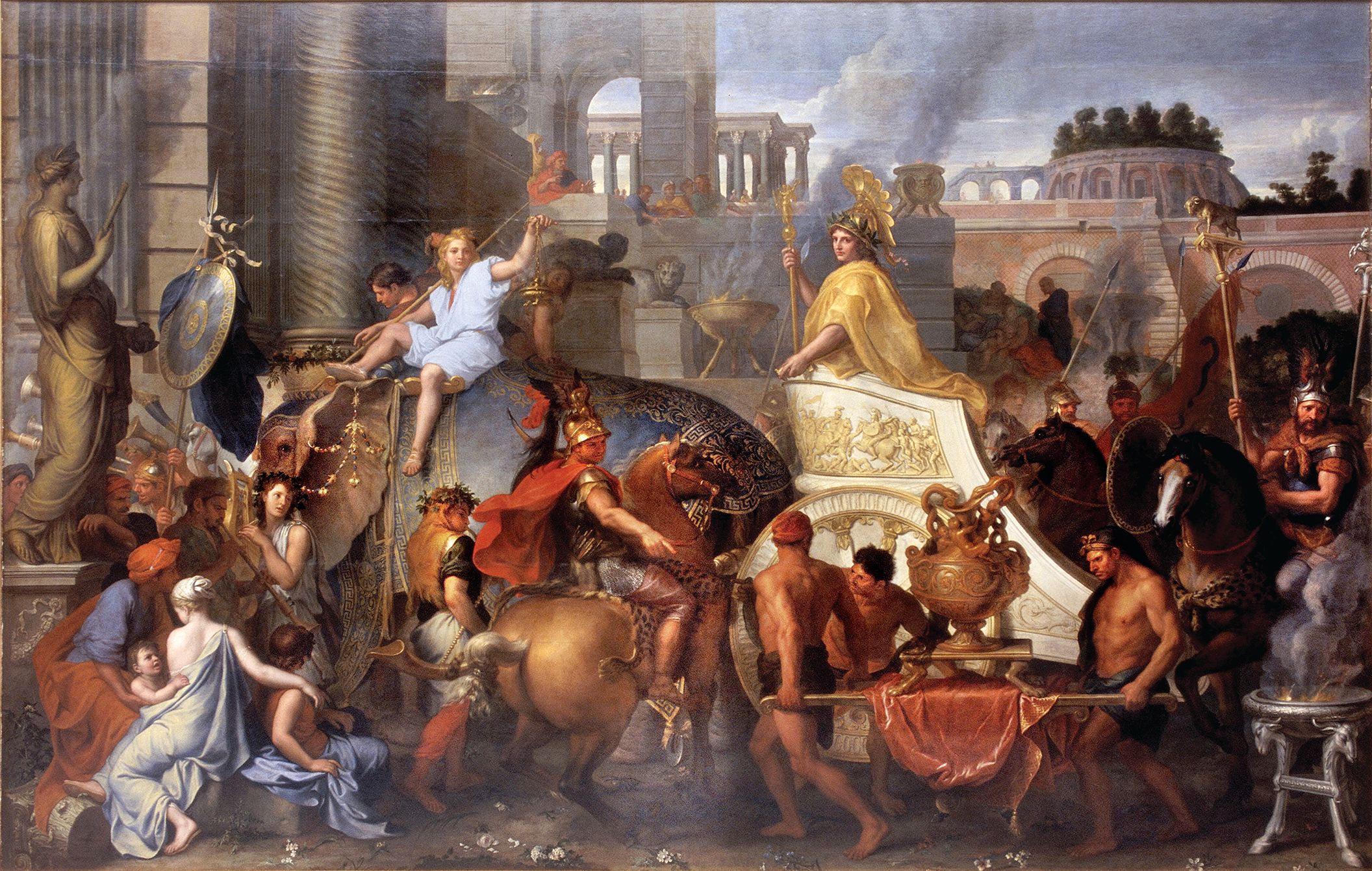

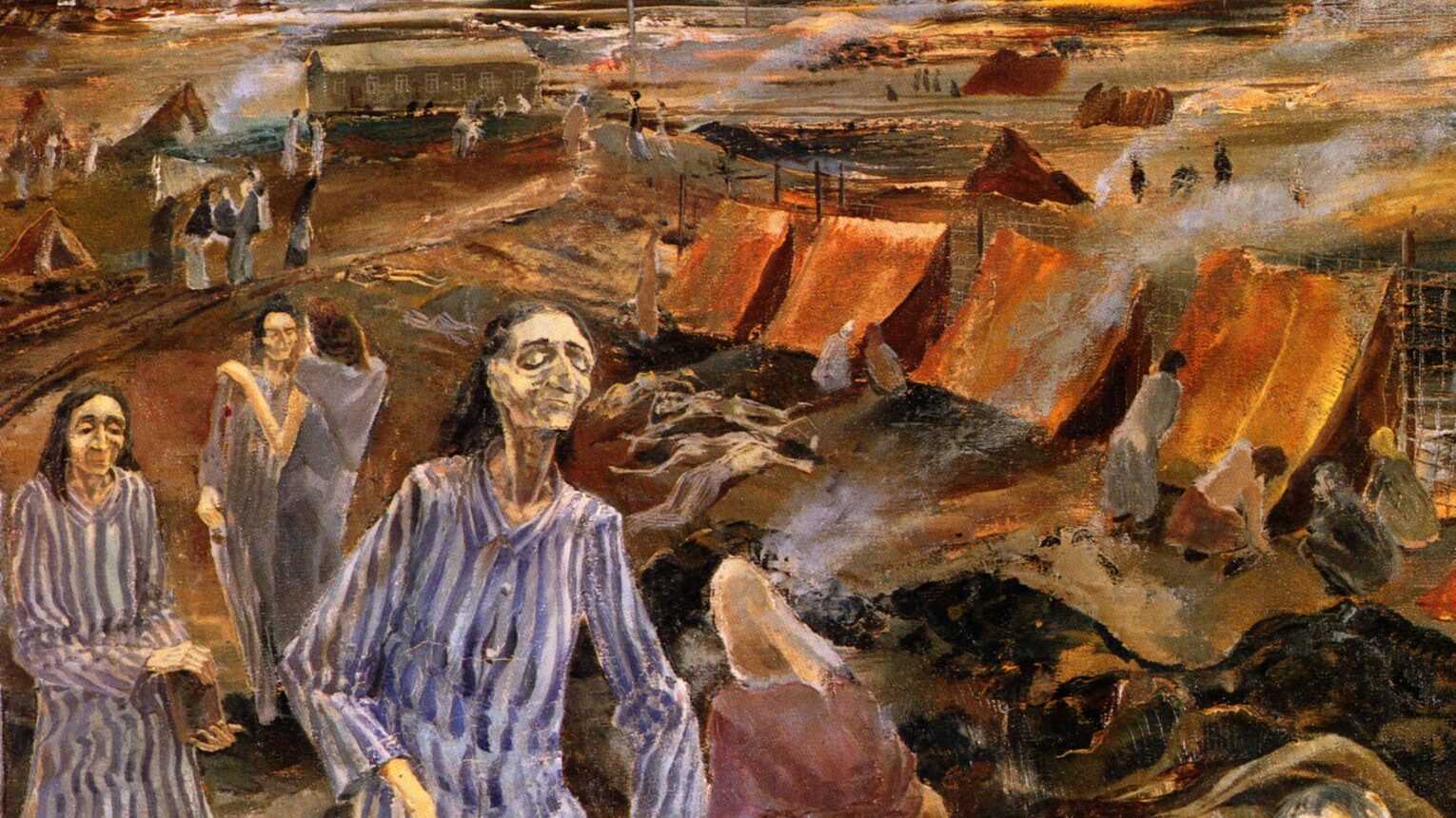
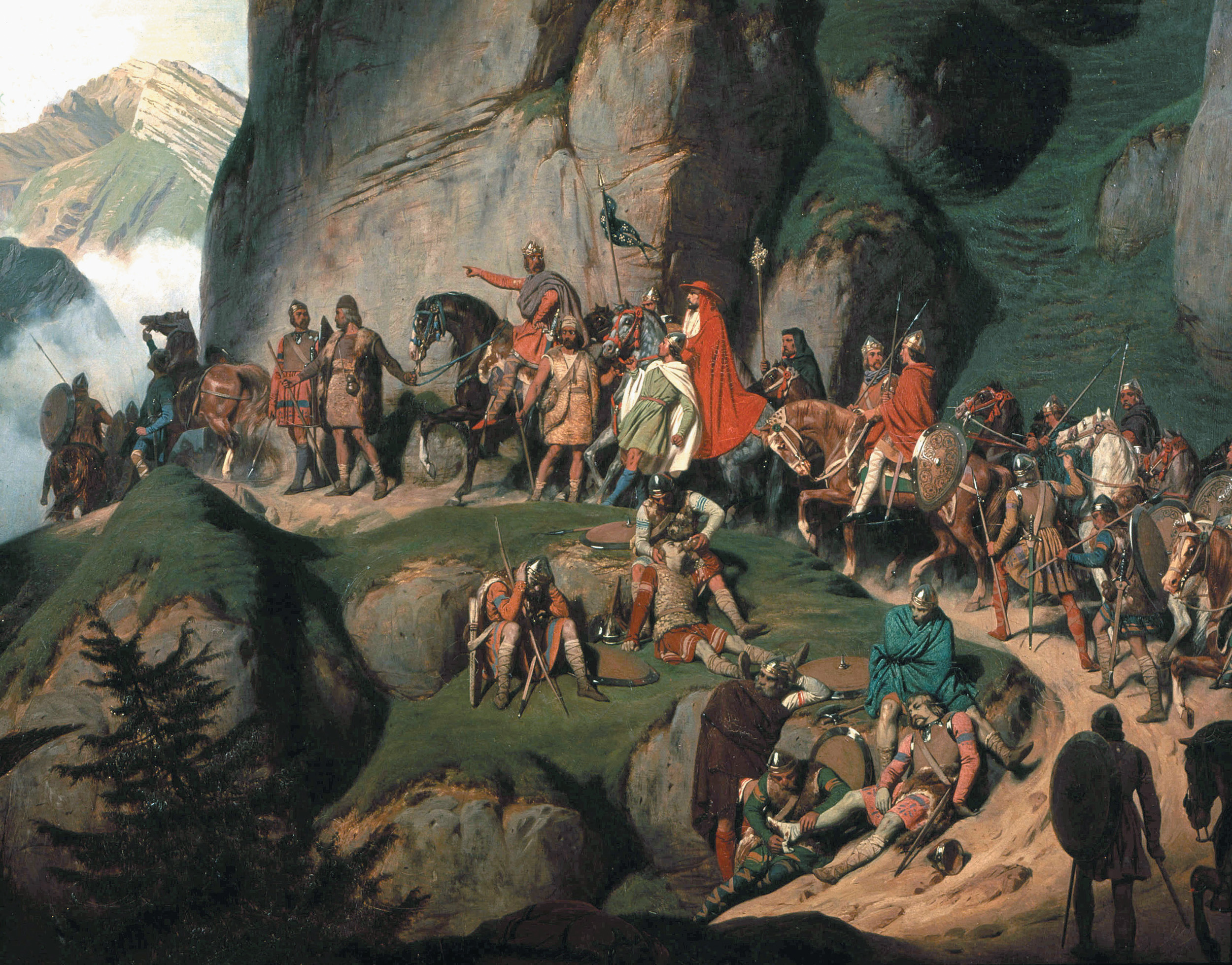
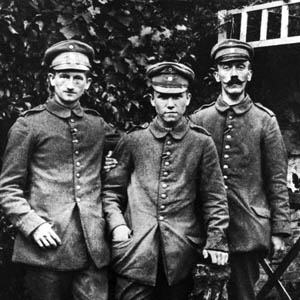
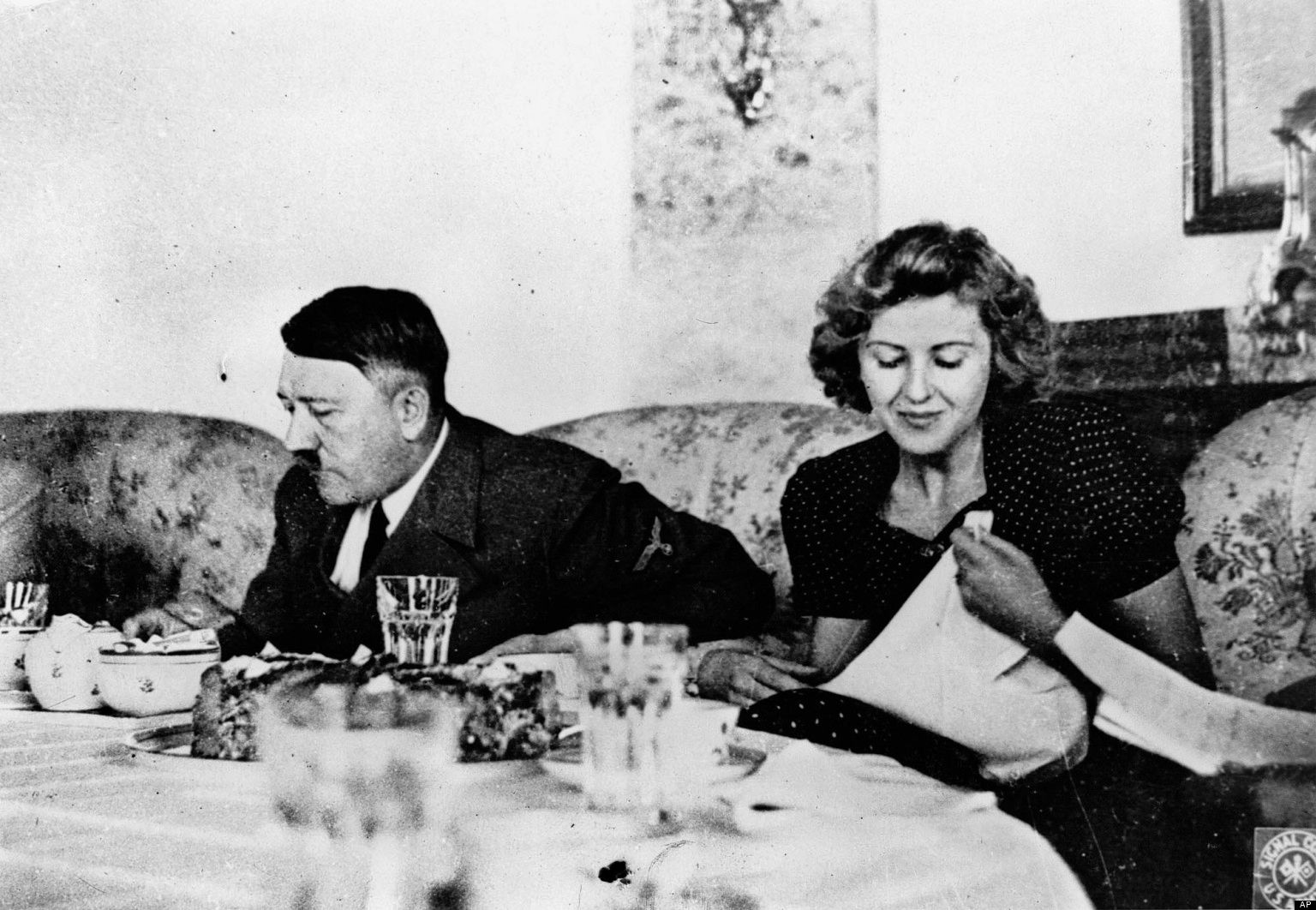
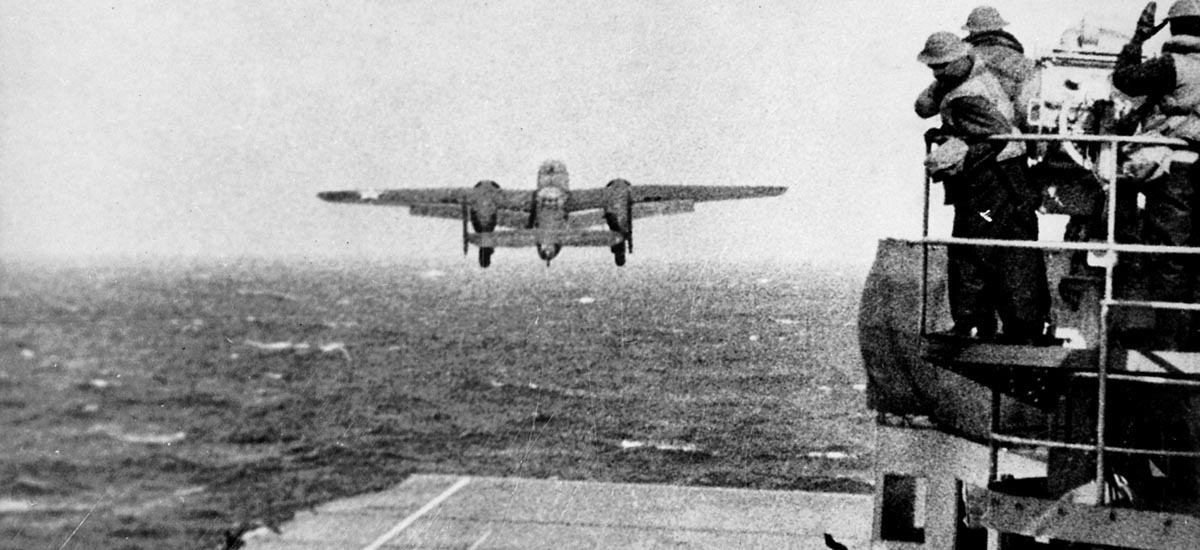
Join The Conversation
Comments
View All Comments